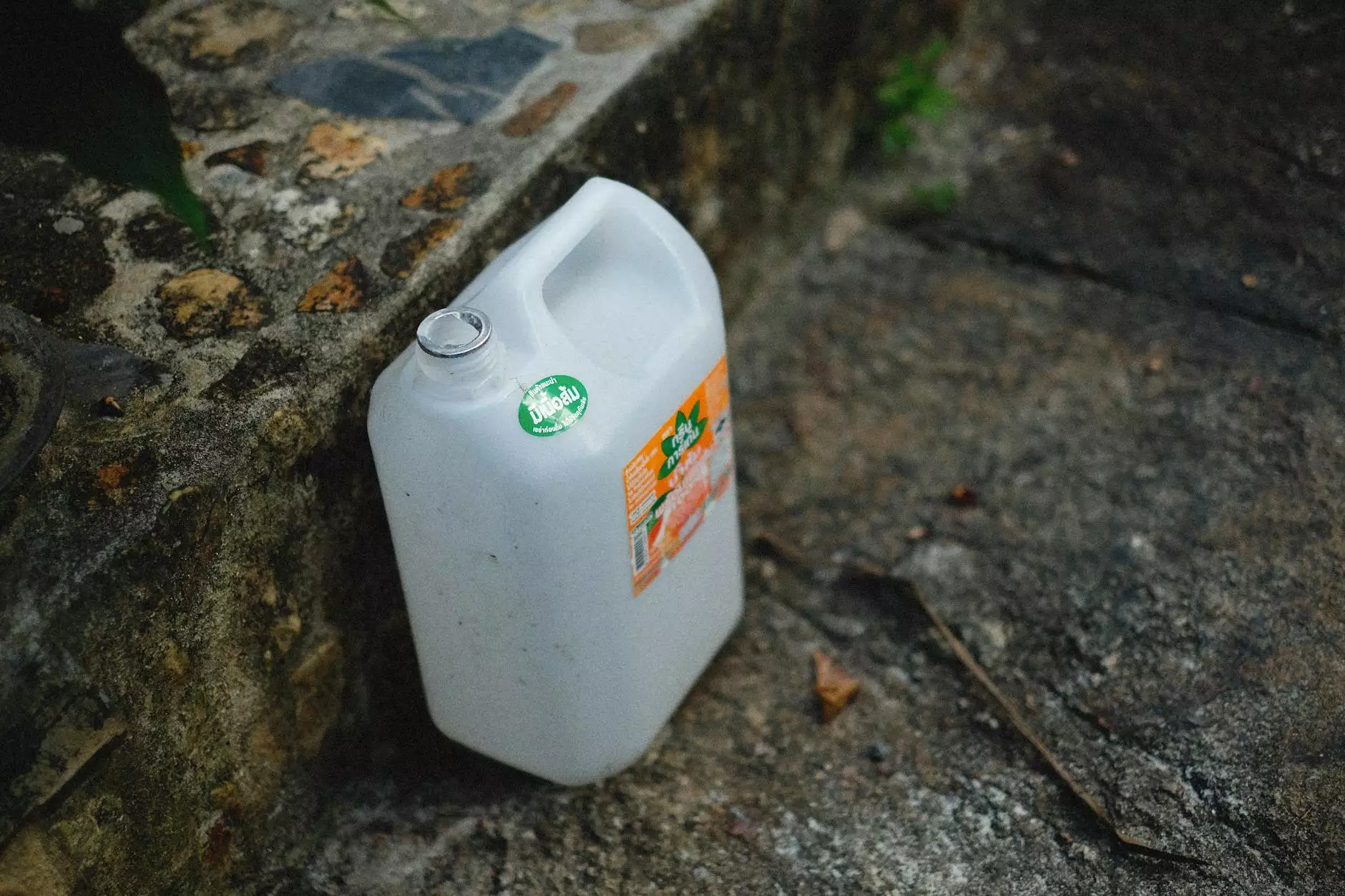Effective Control of Rice Weevil for Sustainable Agriculture

The control of rice weevil is an essential topic for farmers and agricultural enthusiasts. Rice weevils, scientifically known as Sitophilus oryzae, are a significant threat to stored grains, particularly rice, leading to substantial losses. Understanding how to effectively manage and control these pests is crucial for maintaining food security and ensuring profitable farming.
Understanding Rice Weevils
Rice weevils are small beetles that can wreak havoc on your grain storage. They are typically 2-4 mm long and can be distinguished by their elongated snouts. The larvae of rice weevils live inside the grains, which complicates control efforts. Here, we delve deeper into the biology of rice weevils and their life cycle.
Life Cycle of Rice Weevils
The life cycle of a rice weevil consists of four stages: egg, larva, pupa, and adult. Understanding these stages aids in effective control methods. Below is a brief overview of each stage:
- Egg Stage: Females lay around 300 eggs during their lifetime, usually inside the grain's kernel.
- Larva Stage: After hatching, the larvae burrow into the grain, feeding and developing for several weeks.
- Pupal Stage: They then pupate within the grain, eventually emerging as adults.
- Adult Stage: Adults can live several months without food, making infestations difficult to manage.
Impact of Rice Weevils on Agriculture
Rice weevils can cause significant losses in stored grains, leading to economic hardships for farmers. They not only consume the grains but can also lead to secondary infections by mold and other pests, further compromising grain quality. Here are some specific impacts:
- Quantitative Loss: Losses can range from 10% to 25% of stored grain.
- Quality Degradation: Infested grains lose their market value and nutritional quality.
- Economic Impact: Farmers face increased costs for pest control and loss of revenue from compromised products.
Effective Strategies for the Control of Rice Weevil
Controlling rice weevil infestations requires a multi-faceted approach that combines prevention, monitoring, and intervention strategies. Here are some effective methods:
1. Prevention Techniques
Preventing infestations is the most effective approach. Here are key prevention strategies:
- Sanitation: Clean storage areas thoroughly to eliminate any residues that could harbor weevil eggs.
- Proper Storage: Use airtight containers to store grains, preventing access to pests.
- Temperature Control: Store grains in cool, dry places; high temperatures and humidity accelerate weevil reproduction.
2. Monitoring Techniques
Keeping a close eye on grain stores can help catch infestations early. Here are some monitoring techniques:
- Regular Inspections: Conduct routine checks of stored grains for signs of weevils.
- Pheromone Traps: Use traps to detect adult weevils, which can help gauge the extent of an infestation.
- Sampling: Randomly sample grains for larval or adult presence during inspections.
3. Intervention Methods
If infestations occur, prompt intervention is necessary. Here are effective intervention methods for the control of rice weevil:
A. Chemical Control
Insecticides can be effective against adult rice weevils. It is crucial to use them judiciously and follow safety guidelines:
- Insect Growth Regulators: These disrupt the hormonal balance, preventing development into adulthood.
- Contact Insecticides: Apply directly where weevil presence is detected for immediate results.
- Fumigation: For larger infestations, consider professional fumigation services.
B. Biological Control
Biological control employs natural predators and microorganisms to manage pest populations:
- Nematodes: Some nematodes parasitize weevil larvae and can reduce their populations.
- Beneficial Insects: Introducing predatory insects can help maintain balance in pest populations.
C. Cultural Control
Cultural practices can significantly reduce the incidence of rice weevils:
- Crop Rotation: Change crop types in storage, disrupting the weevil life cycle.
- Debris Removal: Eliminate any grain residues after harvest to remove potential breeding sites.
Investing in Quality Farm Equipment for Effective Pest Control
Farm equipment plays a critical role in minimizing pest issues like rice weevil infestations. Investing in reliable and efficient farming equipment can enhance your operational capacities. At tsgcinc.com, we provide access to top-tier farming equipment and repair services to ensure optimal performance in your operations.
Importance of Regular Farm Equipment Maintenance
Regular maintenance of your farming equipment is essential to uphold efficiency in pest management. Here are some critical maintenance practices:
- Routine Checks: Regularly inspect and service equipment to prevent breakdowns.
- Calibration: Ensure that equipment is calibrated correctly for applications like pest control treatments.
- Timely Repairs: Addressing minor issues promptly can prevent major setbacks in your operations.
The Future of Pest Management in Agriculture
As farming continues to evolve, so do pest management techniques. The control of rice weevil is becoming more integrated with technology, precision agriculture, and sustainability practices. Here are some trends shaping the future:
Technological Innovations
The integration of technology into farming is paving the way for more effective pest management:
- Data Analytics: Utilizing data to predict and manage pest outbreaks can improve outcomes significantly.
- Automated Monitoring: Drones and sensors can provide real-time insights into pest populations.
- Smart Traps: Modern traps equipped with sensors provide timely alerts regarding pest presence.
Sustainability Practices
The emphasis on sustainability is influencing pest control strategies:
- Integrated Pest Management (IPM): A balanced approach that combines biological, cultural, and chemical tactics for maximum effectiveness.
- Organic Control Methods: There is growing interest in organic methods of pest control that minimize chemical use.
- Community Engagement: Farmers cooperatively sharing knowledge and resources to tackle pest management challenges.
Conclusion
In conclusion, the control of rice weevil is a multifaceted challenge that requires a robust strategy encompassing prevention, monitoring, and intervention. By understanding the lifecycle and impact of rice weevils, and by investing in quality farming equipment and maintenance, farmers can significantly reduce risks associated with these pests.
For those involved in agriculture, staying informed about the latest innovations, trends, and best practices in pest management will be beneficial. The support and resources offered by companies like tsgcinc.com can empower farmers to thrive in the face of challenges such as rice weevil infestations, ensuring sustainability and profitability in their ventures.









